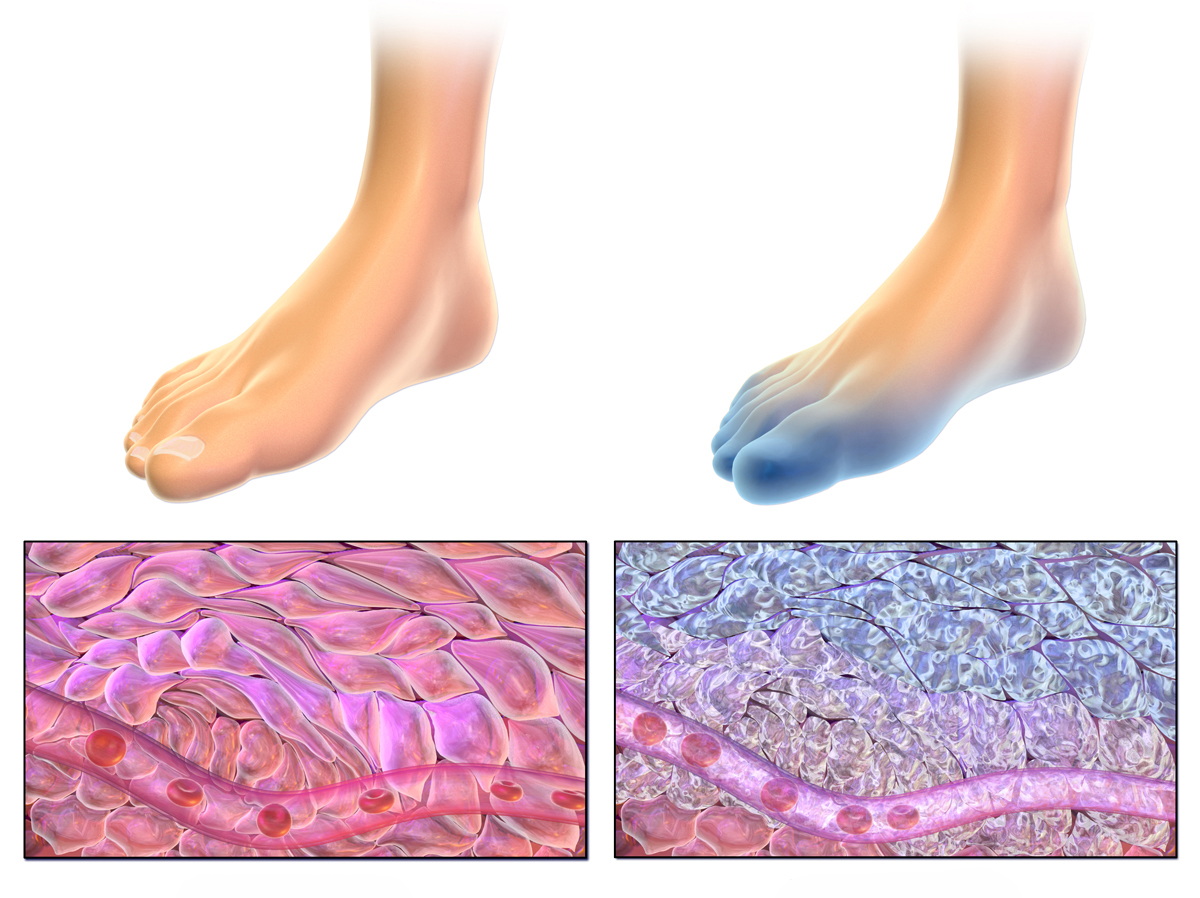
Frostbite is an injury to the tissues due to cold. If affects people who spend a lot of time outdoors in the winter, and if it is untreated, it can be dangerous.
About frostbites
People who are exposed to very low temperatures for prolonged periods of time are at risk of frostbites. Soldiers who work outside, homeless people, street vendors, athletes, nature lovers, hikers, alpinists and similar, those are the people who should be careful not to get a frostbite. Anyone who spends a long period of time in the cold should make sure to know the signs and symptoms of frostbites and how to react in case it occurs.
In a frostbite, the affected tissue becomes damaged due to exposure to low temperature. Potentially, it can lead to permanent tissue damage, skin damage like cracking, loss of nails, changes in color of the skin, tremor, stiffness, pain, osteoporosis and sepsis. It is not fatal, unless it is combined with other complications like sepsis and hypothermia. In some cases the part of the body affected by frostbite must be amputated. It usually occurs with toes and fingers.
Treatment for frostbites
If a person suspects that he or she or someone near them has a frostbite, it is very important to call for immediate medical assistance. The victim should be taken indoors, if possible, where the temperature is higher. The wet clothes should be changed and replaced with dry, soft ones, to prevent further loss of body heat. Rewarming of the area should be done as soon as possible, using clothes and blankets, and avoiding rubbing the area with snow or warm hands. It is not recommended to give the frostbite victim any alcohol or sedatives.
After the victim of the frostbite has been taken to a medical facility, the doctors will initiate rewarming and administration of fluids. Usually the rewarming is done in a tub of water with some antibacterial soap. The temperature usually does not exceed 42 degrees Celsius. Wet packs can be used if the tub is not available.
Frostbites are painful, so the victim will be given analgesics. After the thawing is complete, the affected area is inspected for other injuries, abnormalities or complications. The area is cleaned of any debris or necrotic tissue and if everything is in order, the affected body part is wrapped in bandages, sometimes even splinted, and elevated.
The frostbitten tissue usually takes up to three months to heal. During that time, doctors recommend rest and elevation of the affected body part, with regular changing of bandages if any were applied. The frostbite victim should report to his or her doctor frequently, in order to make sure the tissue is healing normally.





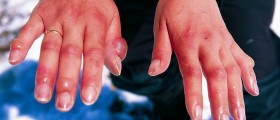
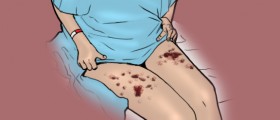





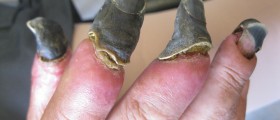



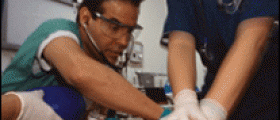
Your thoughts on this
Loading...